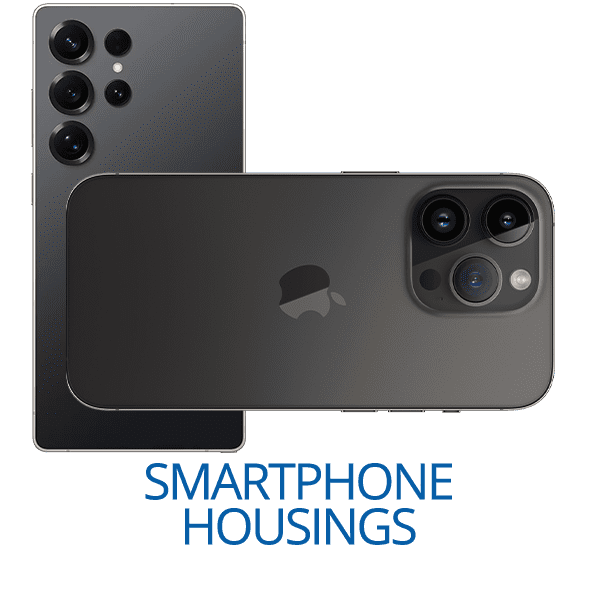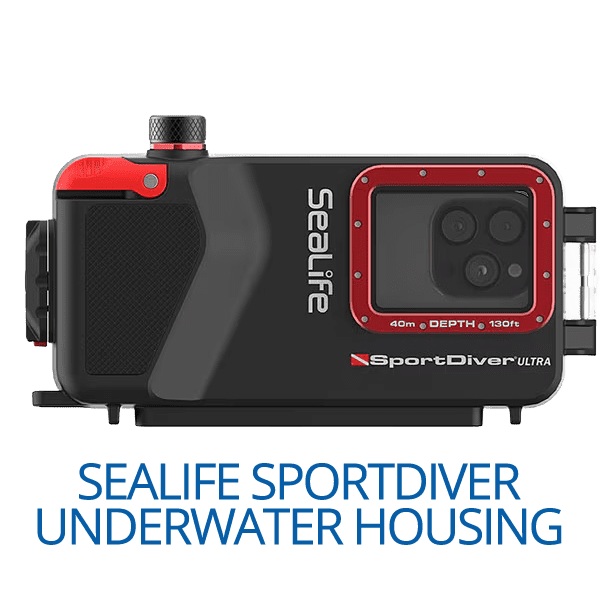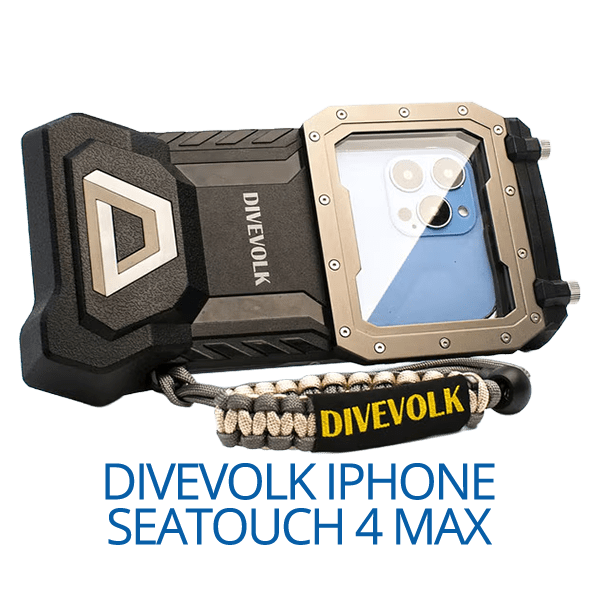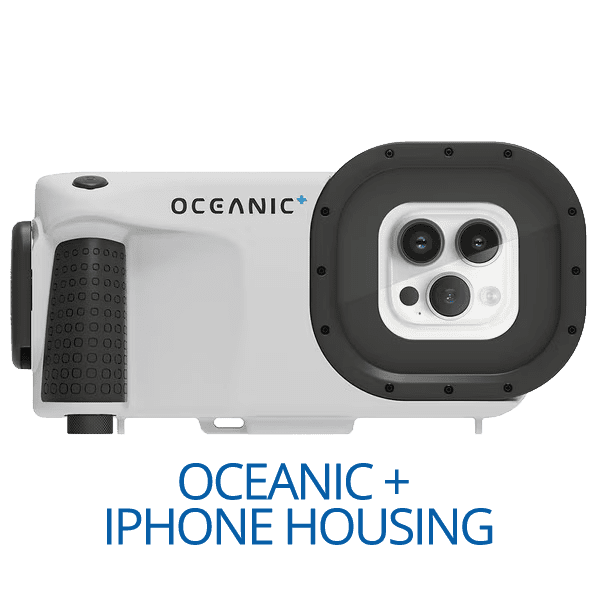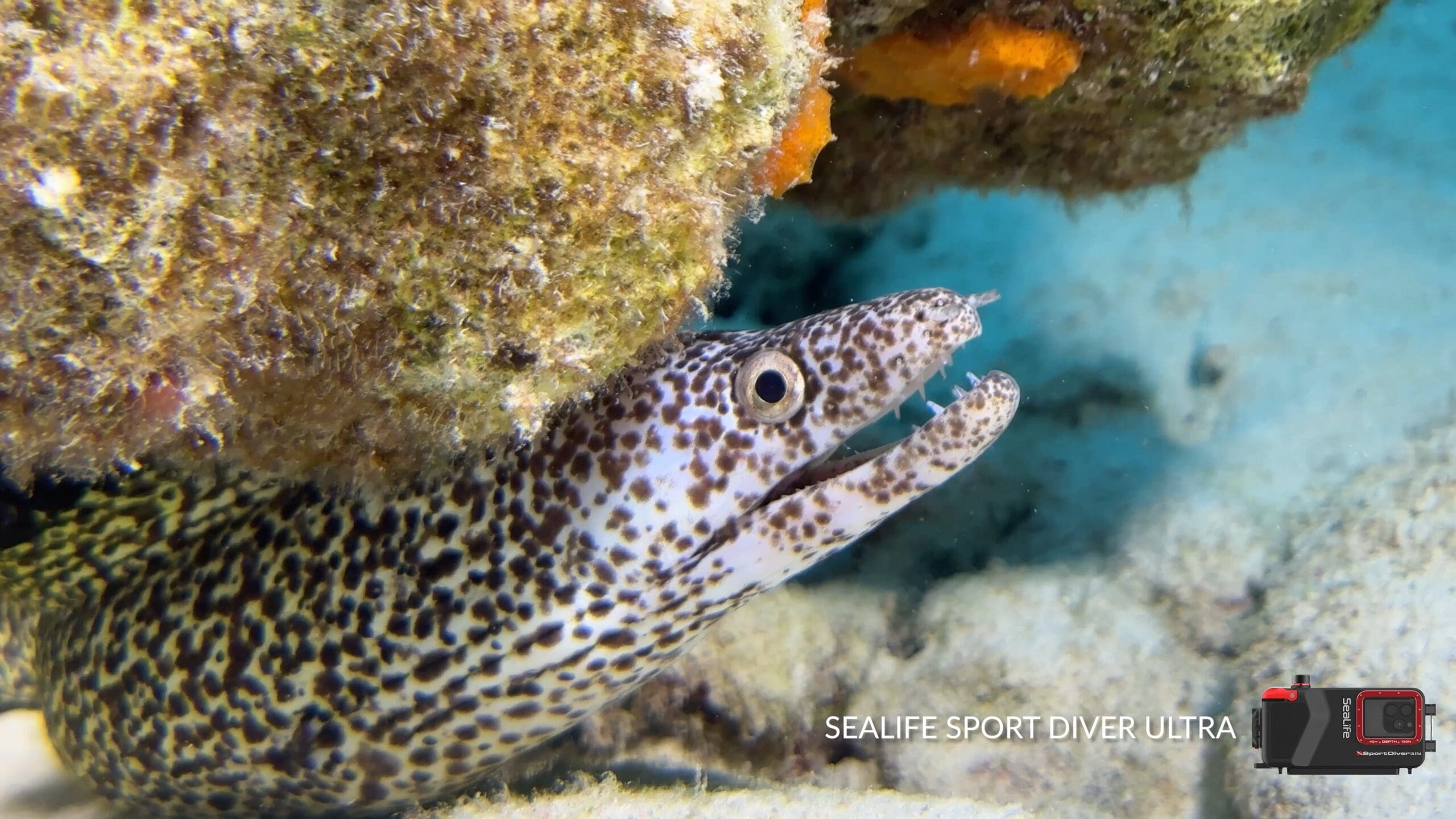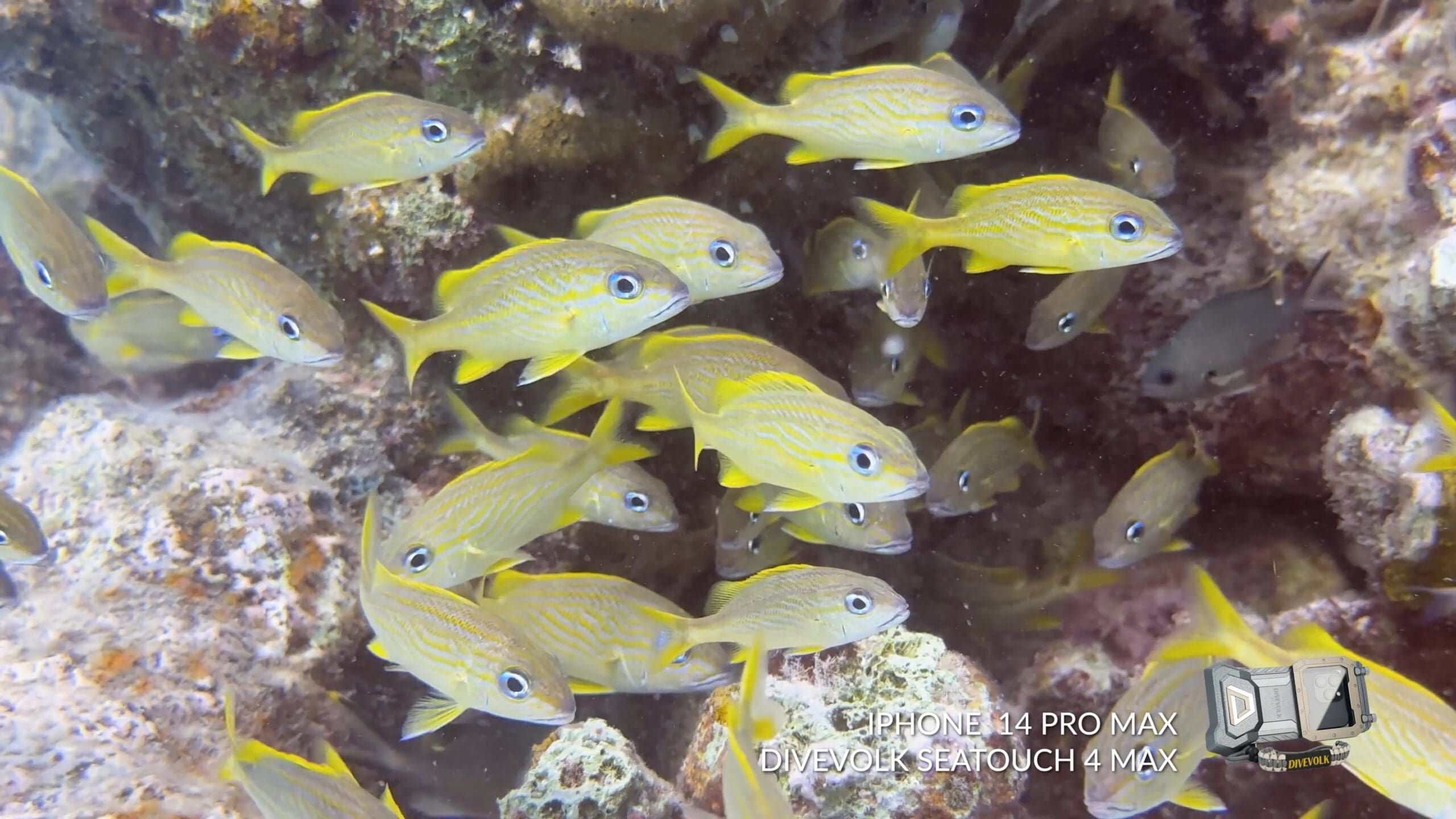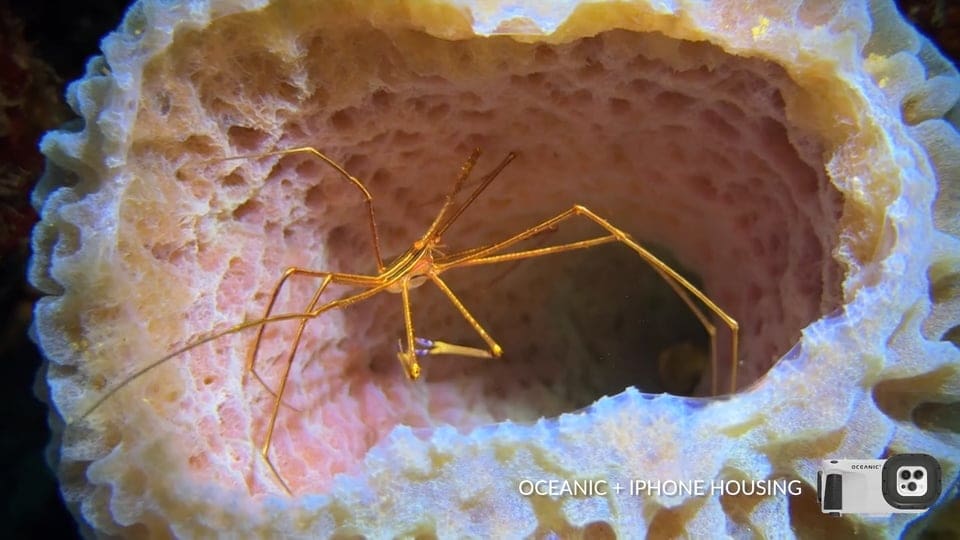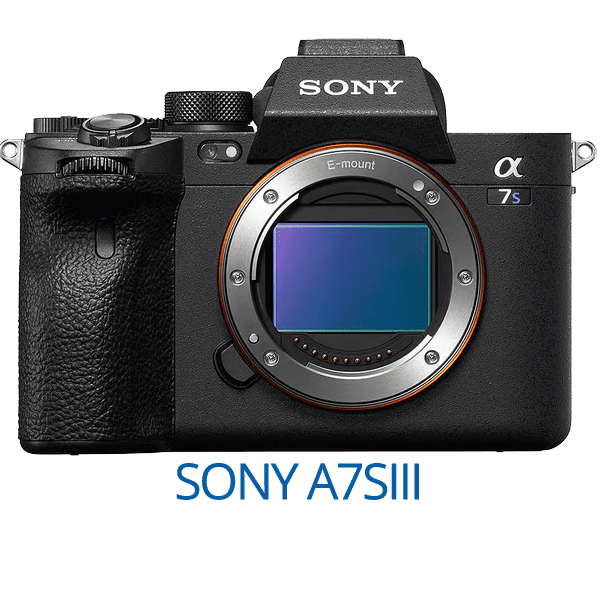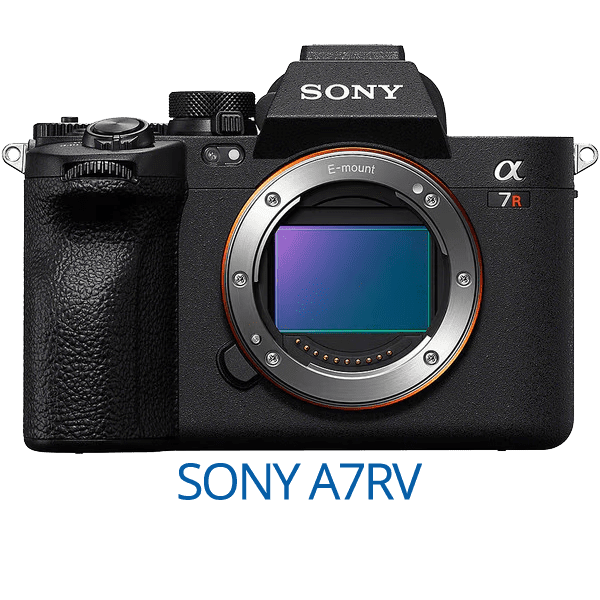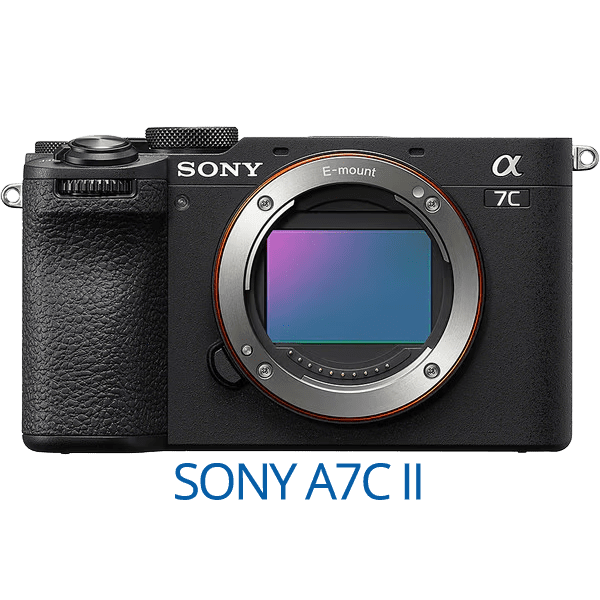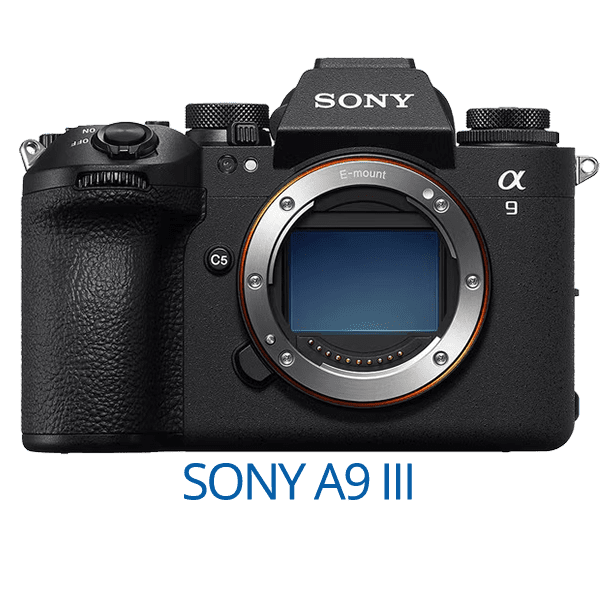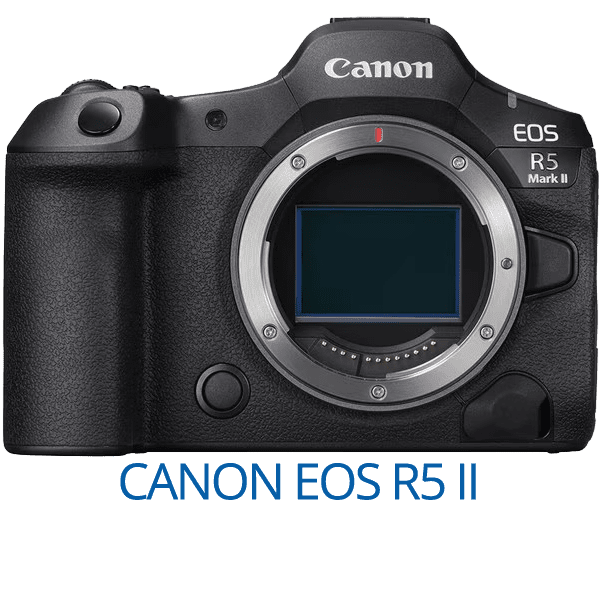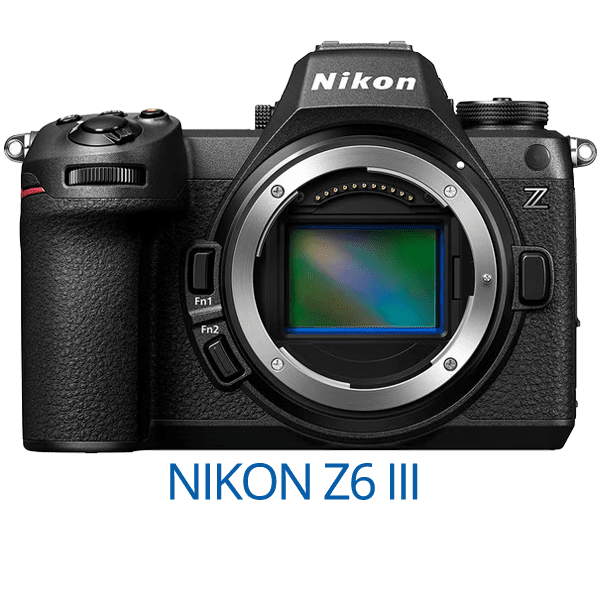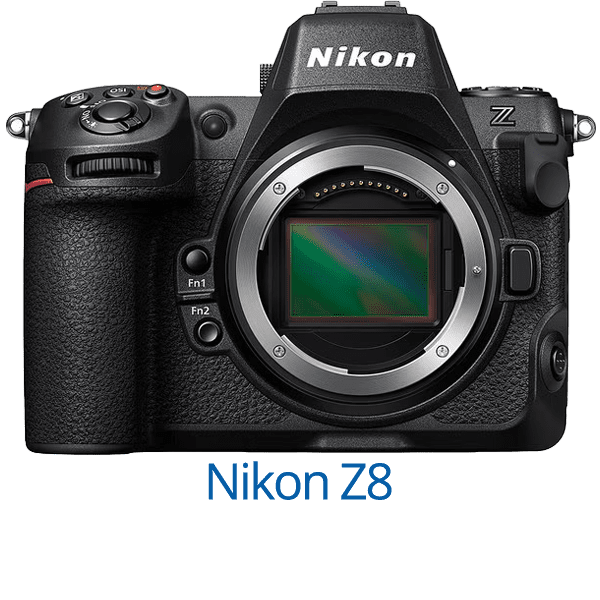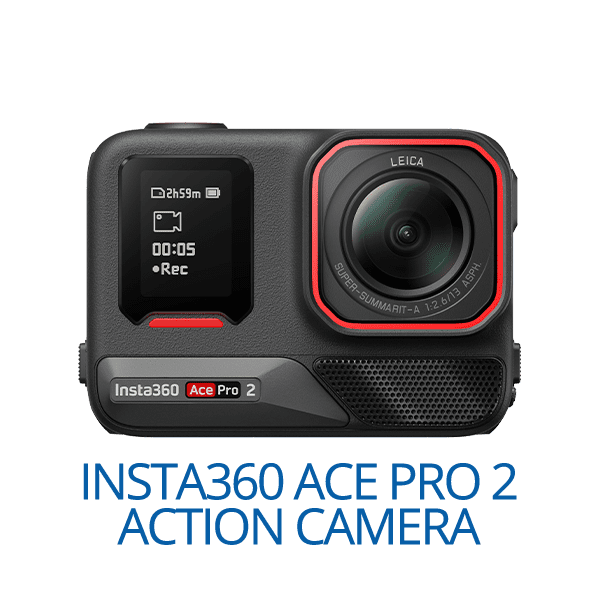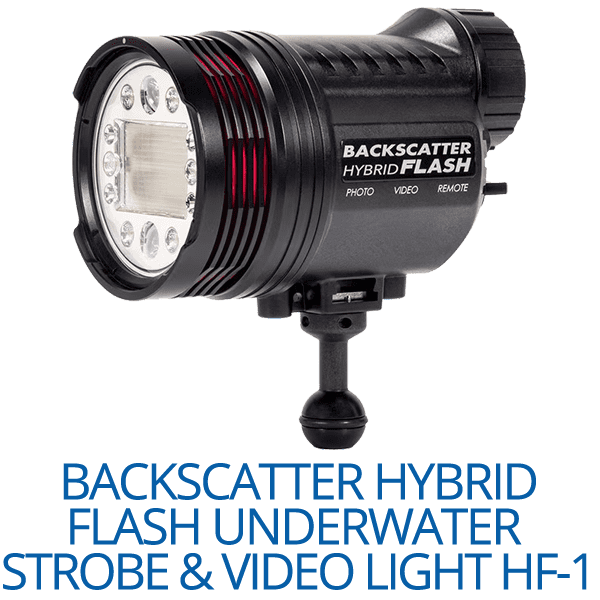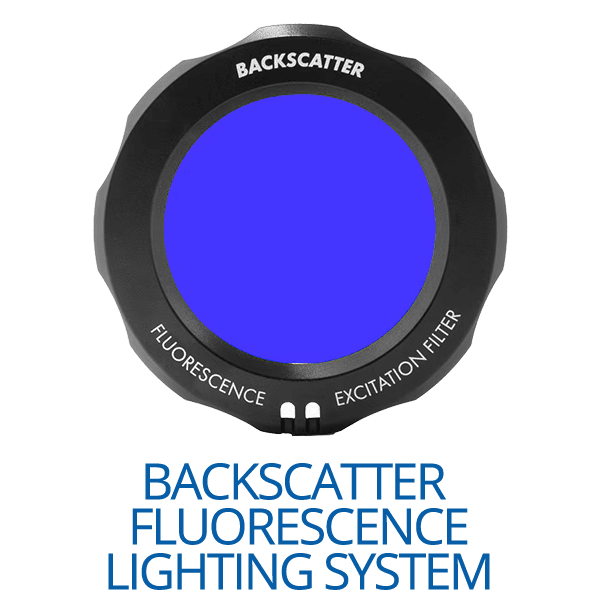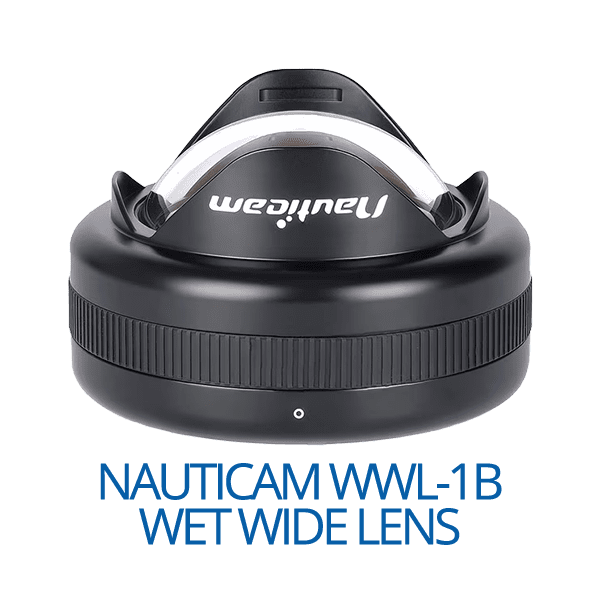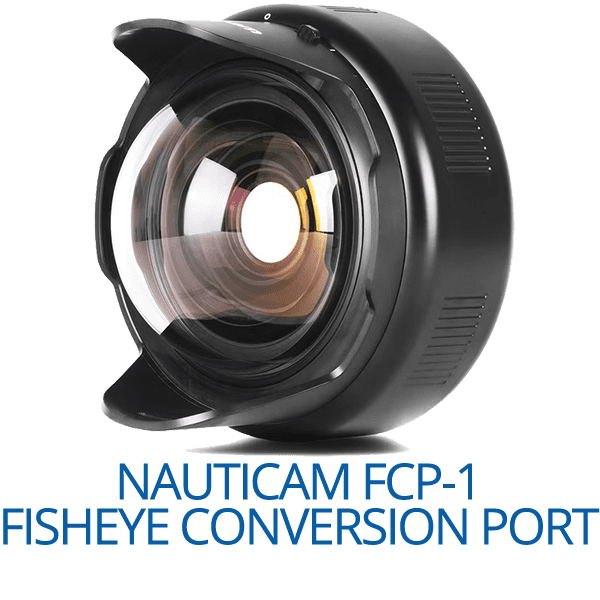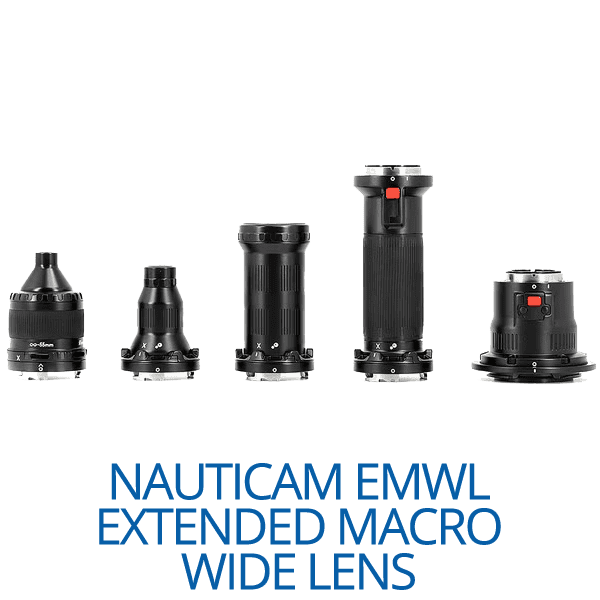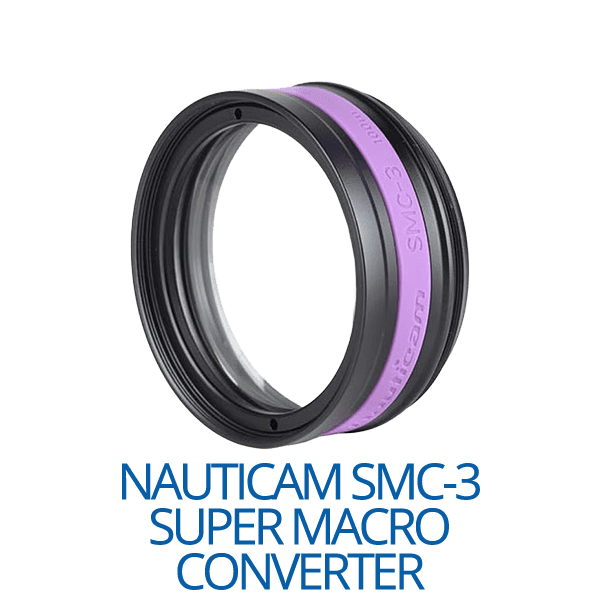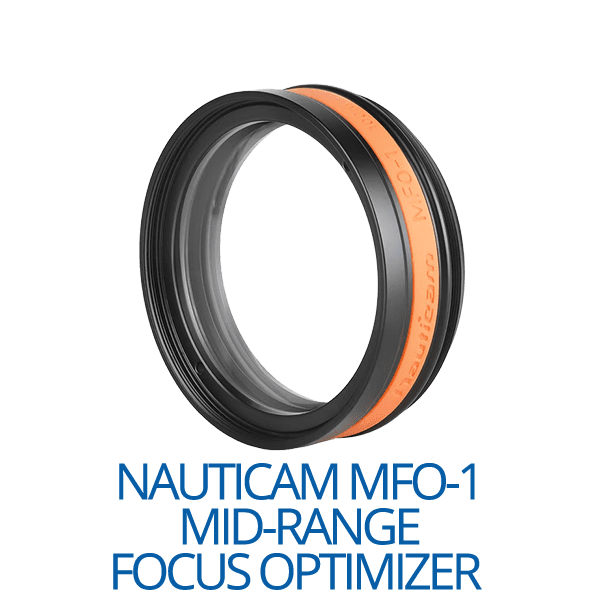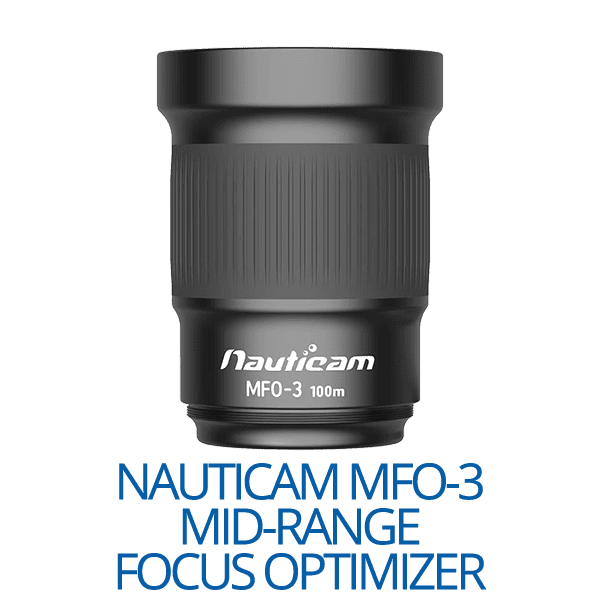EVENT COVERAGE 2025 | BONAIRE
GEAR TESTS: SMARTPHONE APPLE AND ANDROID HOUSINGS UNDERWATER CAMERA REVIEW
The SeaLife Sport Diver Ultra is a great near-universal underwater smartphone housing. The housing utilizes a Bluetooth-based app to control the phone’s camera functions. Overall, the housing is solidly built, featuring a vacuum system to ensure there are no leaks. Mounting the phone is simple, using three different sizes of rubber grips to fit nearly any smartphone into place.
This makes the housing extremely versatile, as it can accommodate multiple brands of phones, including some larger models. The app itself is very simple and easy to use, giving you everything you need—including lens options, zoom, and even color correction modes. My only issue was the menu system, which requires you to cycle through each menu option to get from the bottom back to the top, instead of offering up-down directional control. This, along with a few instances where video settings reset unexpectedly, were the only issues in an otherwise pleasant and easy user experience.
The SeaLife Sport Diver Ultra also supports a number of great accessories such as red filters, yellow barrier filters, a 52mm/67mm lens holder, a wide-angle lens, and a wide-angle dome port. I was impressed with the results from all optics but found the red filter less effective than those from other brands. You also cannot combine the SeaLife red filter and wide-angle lens, meaning you must rely on lights for good color at depth when using a lens. The SeaLife Sport Diver Ultra also works well with the Backscatter MacroMate Mini, making it a great choice for macro video. All in all, the SeaLife Sport Diver Ultra was my preferred smartphone housing during the trip, and I thoroughly enjoyed using it.
What sets the DIVEVOLK SeaTouch 4 Max apart is its full touchscreen functionality underwater. Unlike other smartphone housings that rely on button controls or Bluetooth connections, DIVEVOLK lets you interact directly with your phone’s screen—even while submerged. This makes it incredibly intuitive to adjust camera settings, select focus points, or even switch between apps mid-dive.
I paired it with the Blackmagic Camera app, which gave me full manual control over my shooting setup. I could easily choose which lens to use, set custom white balance and tint, adjust frame rates, and fine-tune focus—all underwater. Having a live histogram, manual focus with focus peaking, and full access to pro-level tools made this setup feel more like a pro rig than a smartphone.
The Oceanic+ iPhone Housing takes a different approach to smartphone housing. First, it is only compatible with iPhones, making it less universal than other options. Second, it cannot use filters or lenses, making it somewhat more restrictive for underwater imaging.
What it can do is function as a dive computer through a paid subscription. This is a really handy feature for divers looking to log their dives while also taking photos and videos. Oceanic also offers color correction software for photos and video. The basic version is free with the housing, while more advanced editing tools are available with the paid subscription. The color correction was hit or miss depending on the scene and didn’t perform well when used with video lights.
The housing is solidly built, and the app is intuitive and easy to navigate. Mounting the phone involves rubber grips and an internal brace, and installation is very easy. The app walks users through the setup each time, ensuring all steps are completed correctly to prevent leaks. The vacuum system is electronic and does not require a pump. The housing is powered by an internal battery with an extremely long runtime—after several dives, it had only lost a few percent of its battery life, despite being “on” for many hours.
Though the Oceanic+ offered a great user experience and was simple to use, it is best suited for divers who want a dive computer that also takes photos and videos. If your priority is capturing the best underwater imagery with a smartphone, I would recommend other brands like SeaLife or DiveVOLK due to their broader range of accessories.

